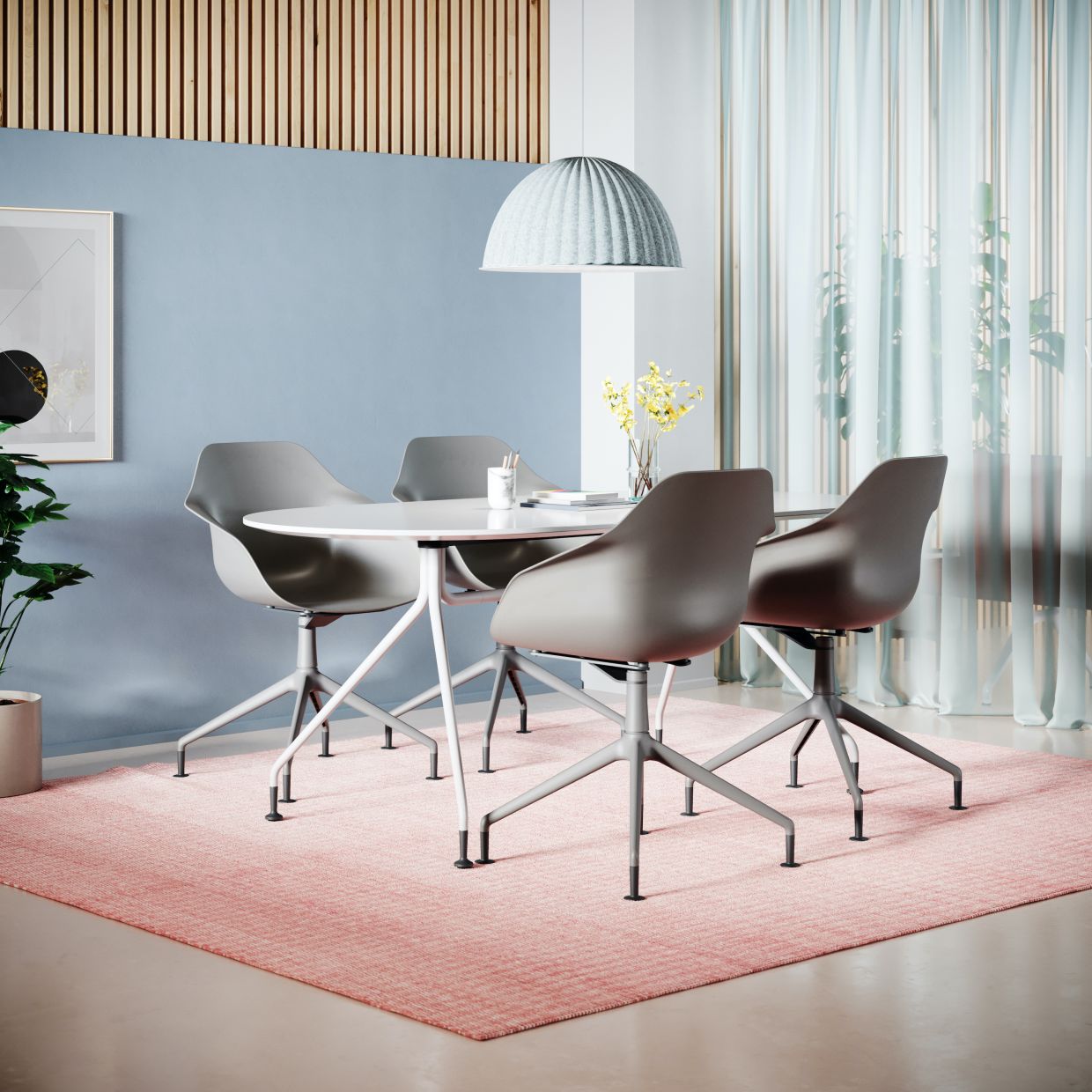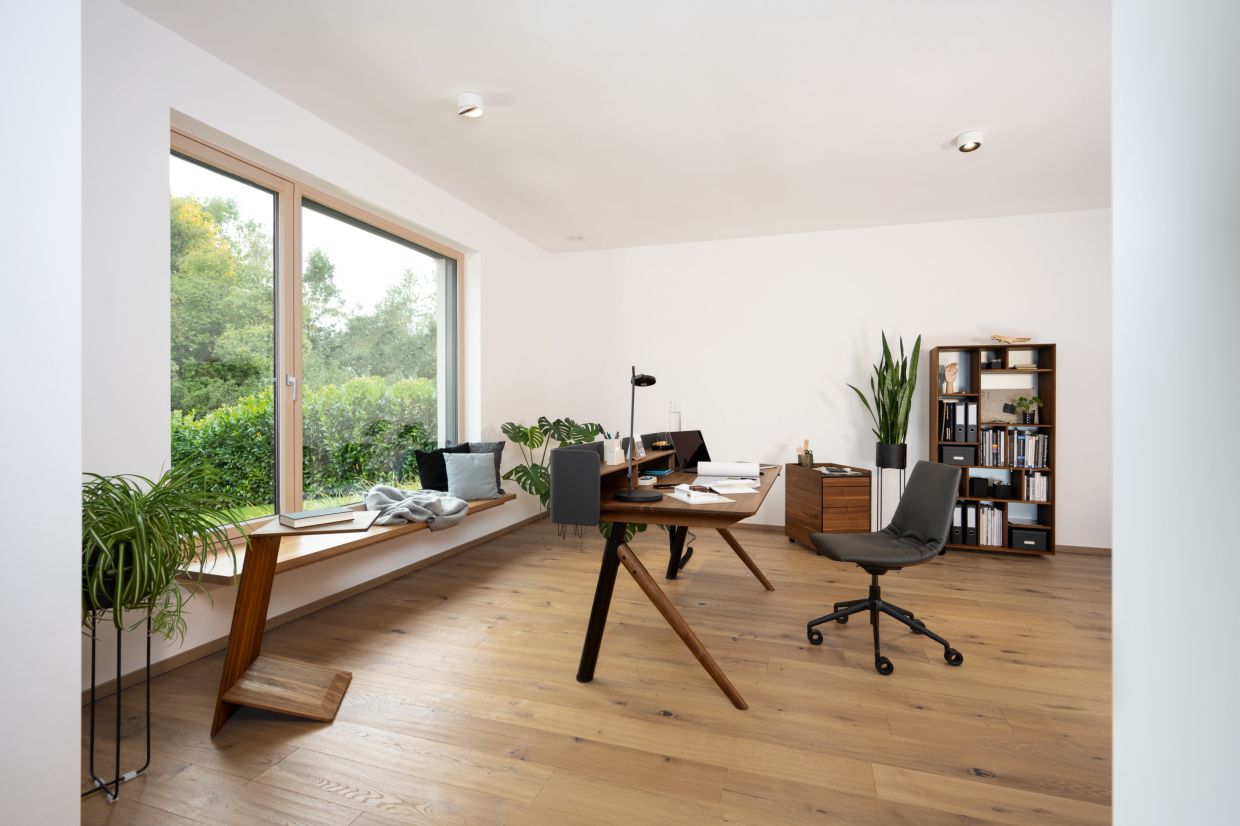
The N02 Recycle chair family by Oki Sato for Fritz Hansen also includes rolling versions for office use. Photos: Fritz Hansen/dpa
For many of us, working from home involves sitting at the dining table, because there is not enough space for a dedicated office.
Furniture manufacturers understand the predicament, and are supplying office chairs that look like they belong around a dining table, even after work.
Already a subscriber? Log in.
Save 30% and win Bosch appliances! More Info

Cancel anytime. No ads. Auto-renewal. Unlimited access to the web and app. Personalised features. Members rewards.
The N02 Recycle chair family by Oki Sato for Fritz Hansen also includes rolling versions for office use. Photos: Fritz Hansen/dpa
The series 7 by Jacobsen for Fritz Hansen consists of different chair variations – but always with the same shell. Photo: Fritz Hansen/dpa
The Little Giraffe, a further development of the well-known Giraffe chair by Jacobsen for Fritz Hansen, is also available in a version with castors on the feet.
Photo: Fritz Hansen/dpa














































